Walking on air: Seamus Heaney HomePlace
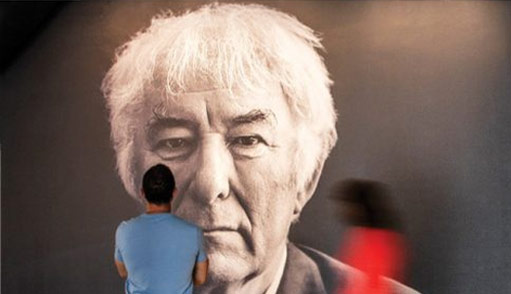
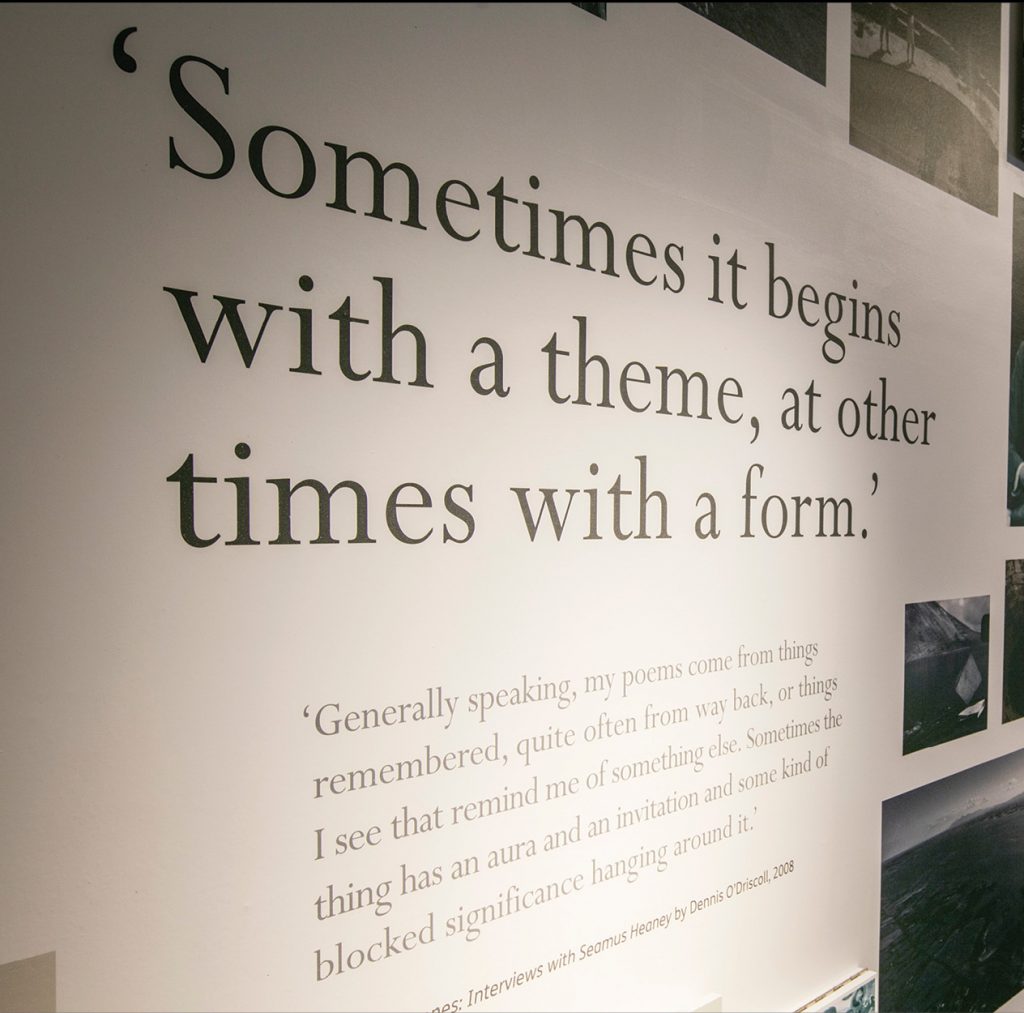
In September 2016, the Seamus Heaney HomePlace opened its doors in Bellaghy. By December, 11,000 people had crossed its threshold. Ciarán Galway speaks with Centre Manager Brian McCormick.
Lying halfway between Belfast and Derry, upon the site of a former RUC redoubt (the thick stone perimeter walls of which are still visible), HomePlace has become a symbol of renewal in the heart of south Derry. This is Heaney country.
Brian McCormick, the Centre Manager and also Heaney’s nephew, describes: “As someone who was brought up very close to here, I can still picture in my mind what [the barracks] was like for many years and now, to have a building which celebrates the local community and one that people can feel proud of within Bellaghy and further afield, is something that is very important to us.”
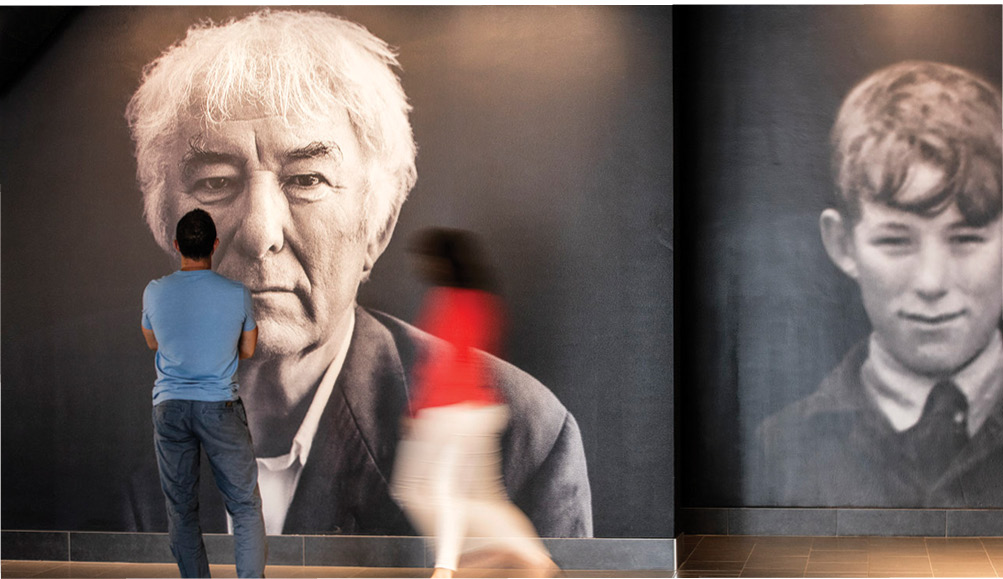
Whilst Seamus Heaney became globally renowned, worked in the United States and, for much of his adult life, lived in Sandymount in Dublin (alternating with Glanmore, County Wicklow), Bellaghy forever remained, and perpetually remains, his home in the sincerest sense of the word. Fintan O’Toole, during a lecture he delivered in HomePlace, suggested that nobody in contemporary literature evokes home to the same extent as Heaney. A childhood spent amidst the fields, hedgerows and rustic realities captured his imagination and informed much of his creative outpouring. Like Heaney’s work itself, a sense of place, family and rurality are interwoven throughout HomePlace.
McCormick explains: “We feel that this was the only place for a building dedicated to his life and works. He was very proud of where he was from and obviously he returned here time and time again through both his work and in person and hence that is reflected in the name.” He adds: “His wife Marie described this area as his Eden. It’s where he always wanted to come back to. To have a building that celebrates someone who is their most famous son is very important for this local community.”
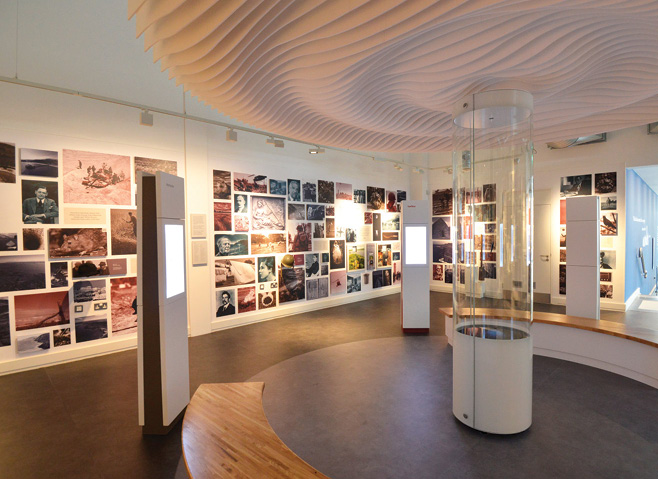
Passing through the spacious ground floor atrium and into the main exhibit, a visit swiftly transforms into an intensely personal experience. Meandering through the displays and peering into the chronology of Heaney’s life, it is possible to extract a deep sense of context. Associated poems, adjacent to blown-up images from his past, immortalise specific characters and experiences – “things remembered”. The death of his younger brother, Christopher in Mid Term Break. Rosie Keenan, a blind, piano-playing neighbour in At the Wellhead. A honeymoon trip to London with his wife Marie in The Underground. The death of his mother, Margaret in When all the Others Were Away at Mass.
In relation to uniqueness, McCormick outlines: “Whenever we were developing the concept we actually tried to go and find a similar facility that we could learn from, but we couldn’t find one anywhere. As we understand it, this is the first literary and arts centre dedicated to a literary figure, certainly on the island of Ireland. We are very lucky in that we have an exhibition space, but we also have the Helicon [amphitheatre] where we have a fully-functioning arts programme. It’s very much a living, breathing building. We have supported that with an extensive education programme that we’re currently rolling out.”
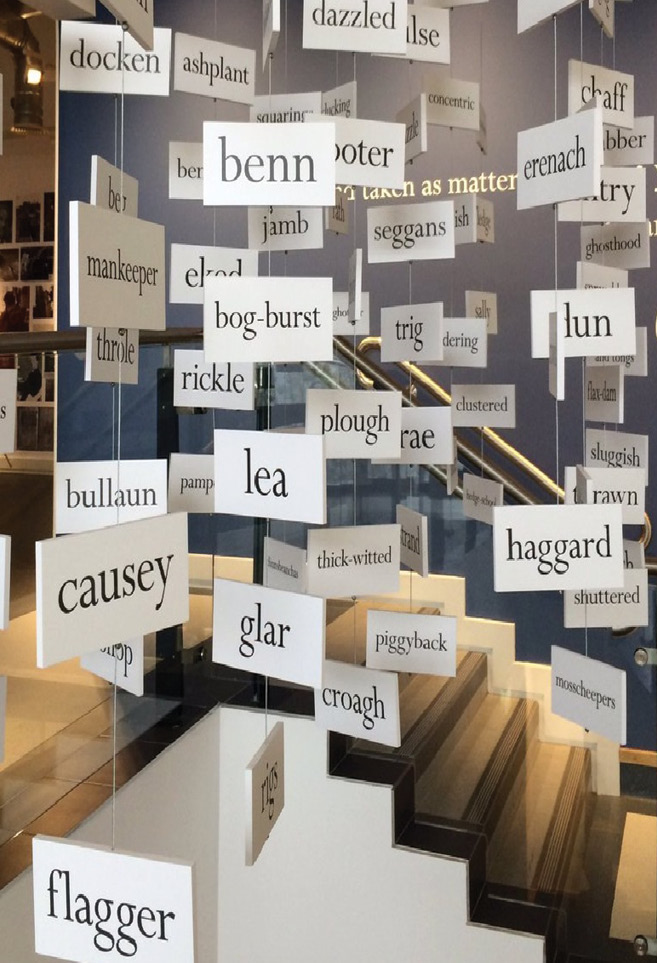
“When we were developing this space we wanted to ensure that his work was at the core of everything we do here.”
The initial exhibition room concludes poignantly with the poems he dedicated to Anna Rose, Aibhín and Síofra, his only grandchildren at the time of his passing. Upon the wall, an extract from For Síofra, penned 12 days before his death in August 2013, leaves a stirring impression: “I saw you years from now/ (More years than I’ll be allowed)/ Your toddler wobbles gone, A sure and grown woman.”
Upstairs, Heaney’s love of language is explored, as is his blithe use of local dialect. Crannog, ghosthood, throughother, glit, thrawn, fother, dailigone, mosscheepers, bog-burst. Here too, can be found the poet’s complete collection of thick Oxford English Dictionary volumes. A quote from an interview with Dennis O’Driscoll adorns the wall: “If you have the words, there’s always a chance that you’ll find the way.” These he had in abundance.
The broad themes which inspired his work, incorporating conflict, memories and places, are also discussed. A striking mosaic of imagery is peppered with language and, in the centre of this universe, the squat pen rests. “Sometimes it begins with a theme, at other times with a form,” Heaney once noted. Throughout the entirety of the thoughtful traipse through HomePlace, the voice of Seamus Heaney can be summoned on request (via a handheld device), an omnipresent companion, to read extracts from his own work. The effect is enthralling.
McCormick notes: “It’s a living legacy and that’s something that we knew would be very evocative for people. When you actually use the listening wands and you hear Seamus Heaney read those poems, people find it very emotional and very moving.
“We have a very strong team who ensure that everything which happens in this building reflects the ethos of the man himself. When we were developing this space we wanted to ensure that his work was at the core of everything we do here.”
In a reconstructed study room, containing several artefacts which once furnished his own personal space, is an illustration of poetry as an evolution in motion. Several drafts of The Schoolbag: in memoriam John Hewitt are laid bare. While, as a younger man, Heaney took great delight in the completion of a poem, with age he grew to appreciate the process of reflection and amendment. Though, he acknowledged, even imperfection has its allure.
McCormick concludes: “We’re very much in the initial stages at present, so we want to get ourselves settled and bedded in and to have our arts and education programmes established. I suppose from an ambition point of view, we want to see this building become a focal point for arts and literature, not just for local people, but on a national level throughout the island of Ireland, and on an international basis as well. We want visitors to come from near and far to immerse themselves in Seamus Heaney.”





